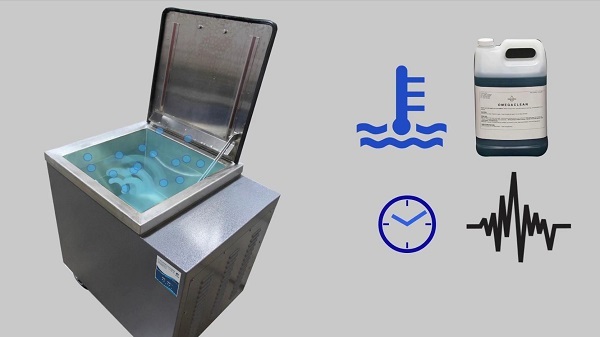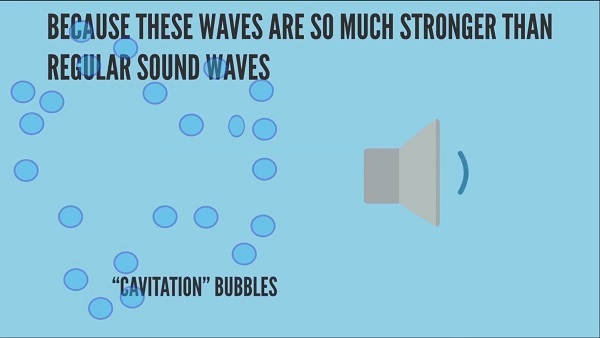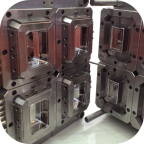Learn to select the appropriate ultrasound frequency according to the ultrasonic principle
Browse Volume:1311 Classify:Support
What Is Ultrasonic Cleaning Equipment?
Ultrasonic cleaning equipment is used to clean the concave and convex holes of any object, which can achieve the ideal effect of ultrasonic cleaning. At the same time, it can be used for ultrasonic cleaning, extraction, degassing, mixing, cell crushing, and nano decomposition in biochemistry, physics, chemistry, medicine, scientific research, and experiments in Colleges and universities.

Granbosonic Single Tank Ultrasonic Cleaner
Working Principle Of Ultrasonic Cleaner
Ultrasonic cleaning equipment uses the direct and indirect effects of ultrasonic cavitation, acceleration, and direct inflow on liquid and dirt so that the dirt layer is dispersed, emulsified, and stripped to achieve the purpose of cleaning. Among the ultrasonic cleaning machines currently used, cavitation and direct flow are more widely used.

Ultrasonic Cavitation
(1) Cavitation: cavitation is the transmission of ultrasonic waves to the liquid in the form of high-frequency transformation with the interaction of compression force and pressure reduction more than 20000 times per second. When the pressure is reduced, the phenomenon of vacuum nuclear bubbles is generated in the liquid. When the ultrasonic cleaning is under the action of compression force, the vacuum nuclear bubbles are crushed by the pressure to produce a strong impact force, so as to peel off the dirt on the surface of the cleaned object, so as to achieve the purpose of precision cleaning.
(2) Direct inflow: the phenomenon that ultrasonic wave flows along the propagation direction of sound in liquid is called direct inflow. When the sound wave intensity is 0.5w/cm2, the naked eye can see the direct inlet flow, which is perpendicular to the vibrating surface, and the flow rate is about 10cm / s. Through this direct inflow, the micro oil dirt on the surface of the cleaned object is stirred, and the cleaning liquid on the dirt surface also generates convection. The dissolved liquid of dissolved dirt is mixed with the new liquid to accelerate the dissolution speed, which plays a great role in the handling of dirt.
(3) Acceleration: the acceleration caused by the pushing of liquid particles. For the ultrasonic cleaning machine with high frequency, the cavitation effect is not significant. At this time, the cleaning mainly depends on the acceleration of liquid particles under the ultrasonic action to impact the particles for ultra precision cleaning.
What Frequency Should Be Used in Ultrasonic Cleaning?
Frequency is an important factor in ultrasonic cleaning. It has an effect on the size of ultrasonic bubbles and the intensity of bubble implosion. Therefore, it is very important to use the correct frequency in ultrasonic cleaning.

Ultrasonic Waves
The correct frequency of use is based on two factors: the type of items to be cleaned and the type of contaminants to be removed. The smaller and more refined the goods are, the smaller the pollutants are, and the higher the frequency they should be used. Similarly, the larger and stronger the object, the more pollutants, and the lower the frequency of use. High frequency produces smaller cavitation bubbles and weaker implosion. On the other hand, larger cavitation bubbles and stronger implosion are produced at low frequencies.
If you want to clean small and fragile objects, such as surgical instruments, the minimum frequency should be 81 kHz. A less intense implosion is sufficient to remove small contaminants from these items. If the object to be cleaned is large and durable, the frequency must not be higher than 79khz. Large and durable items can withstand the strong implosion of large cavitation bubbles.
When cleaning articles with pollutants of different sizes, high and low frequencies must be used. The correct way to use different frequencies to clean items is to start with a low frequency. After running at low frequency for several minutes to remove larger pollutants, increase the frequency to remove smaller pollutants. Please remember that the ultrasonic cleaning machine should not operate at low frequency for a long time. This is to prevent cavitation erosion.
 Granbo Ultrasonic
Granbo Ultrasonic















Hello!